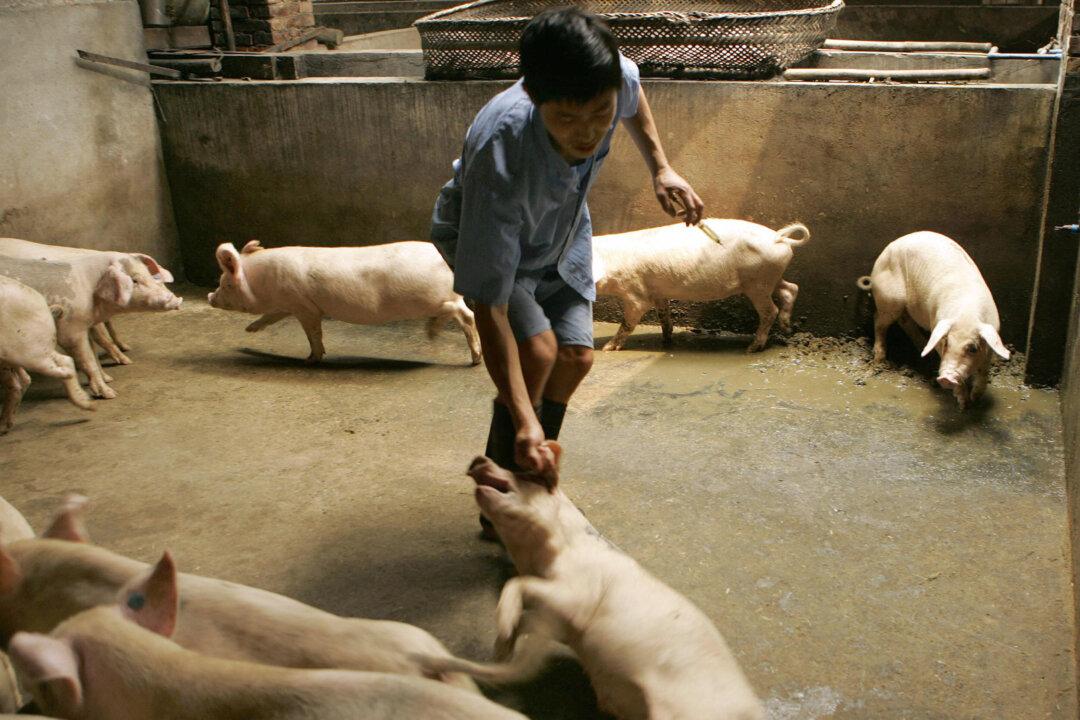American scholars recently published a study, stating that the Swine Acute Diarrhea Syndrome Coronavirus (SADS-CoV) found in Chinese pigs poses a threat to human health. Its risk of transmission to humans is not ruled out, they said.
The Proceedings of the National Academy of Sciences (PNAC) published this latest study on Oct. 12. Scientists found that Chinese pigs were infected with SADS-CoV as early as in 2016, with symptoms of diarrhea and vomiting.





